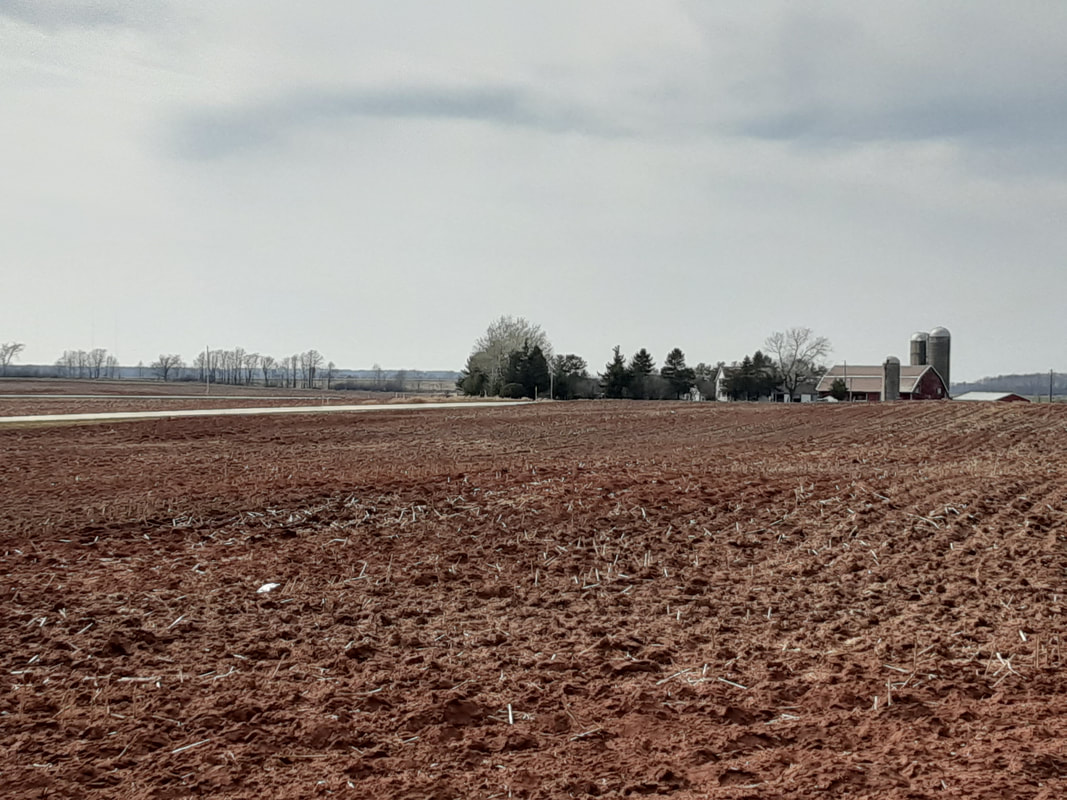|
It is July and the time travelers are halfway through the year. The peas and barley are thriving. Pigs and sheep are also doing well. Ruth, Tom, and Peter are advised by the monastery about more ways the farmers earned money. The farm’s fortunes and the monastery’s fortunes are very much tied together. The Abbeys were a source of authority for the land.
One way the Tudor Farmers made additional money was through lead mining. Peter and Tom are off to attempt lead mining. They open up an abandoned mine. The mine they open up has not been operated in over 100. Lead mining often provided an extra income for the farmer. This in turn allowed the farmer to afford a few extra luxuries or they could invest in additional livestock. Lead was in high demand, especially from the churches. They used lead in their windows and gutters. After opening the mine Tom and Peter go into the mine. Ruth finds another way to make money: eel fishing. The monasteries encouraged the people to fast from meat three times a week. Fish and eel made up for the lack of meat-eating. To do this she helps make a basket to catch the eel. Eel traps are made from two cones, one inside another. It was an ancient way of fishing. An eel is also easier to keep alive because you mainly need to keep the eel damp. Tom and Peter go through the mine through the old tunnels that Tudor miners took. Monasteries granted leases for the Tudor farmer to mine lead. They discuss the history of the mine and mining in the Tudor period. The boys look for silver flecks in the wall. Then they start mining. Lead veins were set at 45 degrees which made working conditions challenging for the Tudor miner. About 50 barrels a day came out of the Tudor mines. The lead is then smelted to get the lead from the rock. They build a Tudor-style kiln to make white coal as well as to melt the lead ore. However, the boys get into trouble due to the wind. How do they solve the problem of their fire collapsing? Tune into Tudor Monastery Farm to find out. Ruth sets the eel trap with Simon’s help. He is an expert in Tudor fishing. She lays out the traps in the shade because eels are drawn to dark places. She baits them with dead fish, “the stinkier, the better,” she comments. Simon and Ruth then check the eel traps. The first trap did not have an eel. The second trap had eels. Ruth tries to knock them back into the bucket, but since they look like snakes it made her nervous. A portion of the eels that were caught would go to the monastery. Tudor Monastery farm continues to demonstrate that the Tudors were highly tuned to the natural world. Nature provided the Tudors with the tools they needed. To demonstrate this principle the boys use cotton grass to light the kiln fire. To continue to learn more about the Tudor Monastery farm, continue to watch this fantastic series. Tudor Monastery Farm is an excellent show for the classroom. If you need a filler for a substitute teacher or just to share some living history with your students. You can show certain episodes in an agricultural classroom as well. Grab some clips and use this series in the classroom as part of a lecture. You are only limited to your imagination when it comes to using YouTube in the classroom. You can access the YouTube Video here. The worksheets for this series are available on my Teacher Pay Teachers page.
0 Comments
Leave a Reply. |
Author
The reviews I do are my opinion and my opinion only. My opinions should always be taken with a grain of salt. I just want to help teachers out selecting documentaries. Worksheets
My Teachers Pay Teachers Store! Worksheets available as a Word Document.
Lulu Store
I am also on Lulu! If you're interested in genealogy I have several books available!
Archives
July 2024
Categories
All
Privacy Policy
HistoryDocTube will not collect any personal information and will not sell any personal information to a third party. We will not request any personal information.
The purpose of this blog is to share information on what can be used in a classroom, private school, or home school setting as well as serve as a portfolio of my personal and professional work. The reviews are my opinions and should be treated as such. I just want to provide a tool for teachers to select documentaries for their classrooms. |

 RSS Feed
RSS Feed
